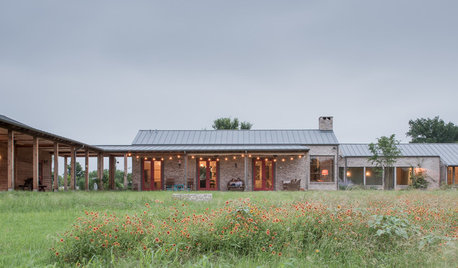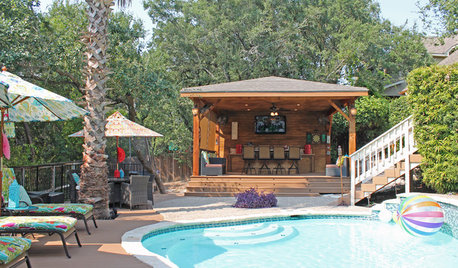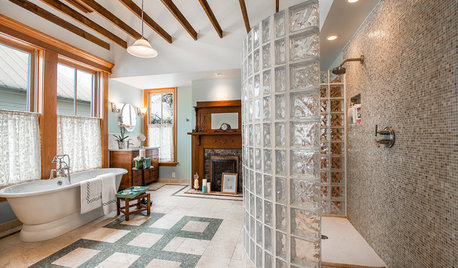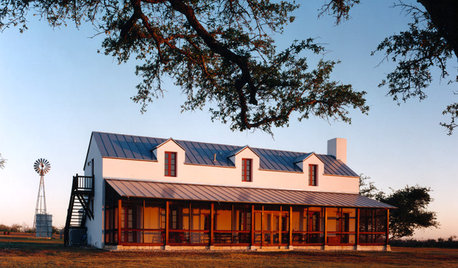Help with lawn (San Antonio, Texas)
sgdirtbag
12 years ago
Related Stories

HOUZZ TOURSHouzz TV: A Spanish-Style Home Full of Color and Joy
A yearlong renovation brings personal stories and fun to a 1920s Mission-style Texas house
Full Story
HOUZZ TOURSMy Houzz: Elegant, Resort-Style Home in Texas
An ocean-inspired color palette helps turn a four-bedroom San Antonio house into a dreamy home with the feel of a boutique hotel
Full Story
HOME OFFICESRoom of the Day: Proudly Pink in San Antonio
See how a ho-hum beige box became a luscious and energizing workspace worth showing off
Full Story
RANCH HOMESHouzz TV: An 1880s Texas Fort Influences a New Forever Home
See how this just-built Texas ranch home captures the look of history
Full Story
EARTH DAYThe Case for Losing the Traditional Lawn
Work less, help the environment and foster connections by just saying no to typical turf
Full Story
PATIOSRoom of the Day: Raising the Outdoor Bar in Texas
A covered patio with bar seating gives a family a new party space while offering protection from insects and the sun
Full Story
BATHROOM DESIGNBath of the Week: Converting a 19th-Century Bedroom in Texas
Bygone details merge with modern-day amenities and materials for beautiful contrast in a master bathroom
Full Story
FARMHOUSESHouzz Tour: German Tradition Deep in the Heart of Texas
Rooted in architecture from the 1800s, this award-winning home mixes history with the vernacular of today
Full Story
MOVINGRelocating Help: 8 Tips for a Happier Long-Distance Move
Trash bags, houseplants and a good cry all have their role when it comes to this major life change
Full Story
MOST POPULAR9 Real Ways You Can Help After a House Fire
Suggestions from someone who lost her home to fire — and experienced the staggering generosity of community
Full Story







neilaz
texas_weed
Related Professionals
Marco Island Landscape Architects & Landscape Designers · Saint Charles Landscape Architects & Landscape Designers · Towson Landscape Architects & Landscape Designers · Arlington Landscape Contractors · Surprise Landscape Contractors · Surprise Landscape Contractors · Bainbridge Island Landscape Contractors · Centereach Landscape Contractors · Eureka Landscape Contractors · Gurnee Landscape Contractors · Homewood Landscape Contractors · Lemay Landscape Contractors · Denton Swimming Pool Builders · Rockwall Swimming Pool Builders · Rowlett Swimming Pool Buildersdchall_san_antonio
sgdirtbagOriginal Author
texas_weed
dchall_san_antonio